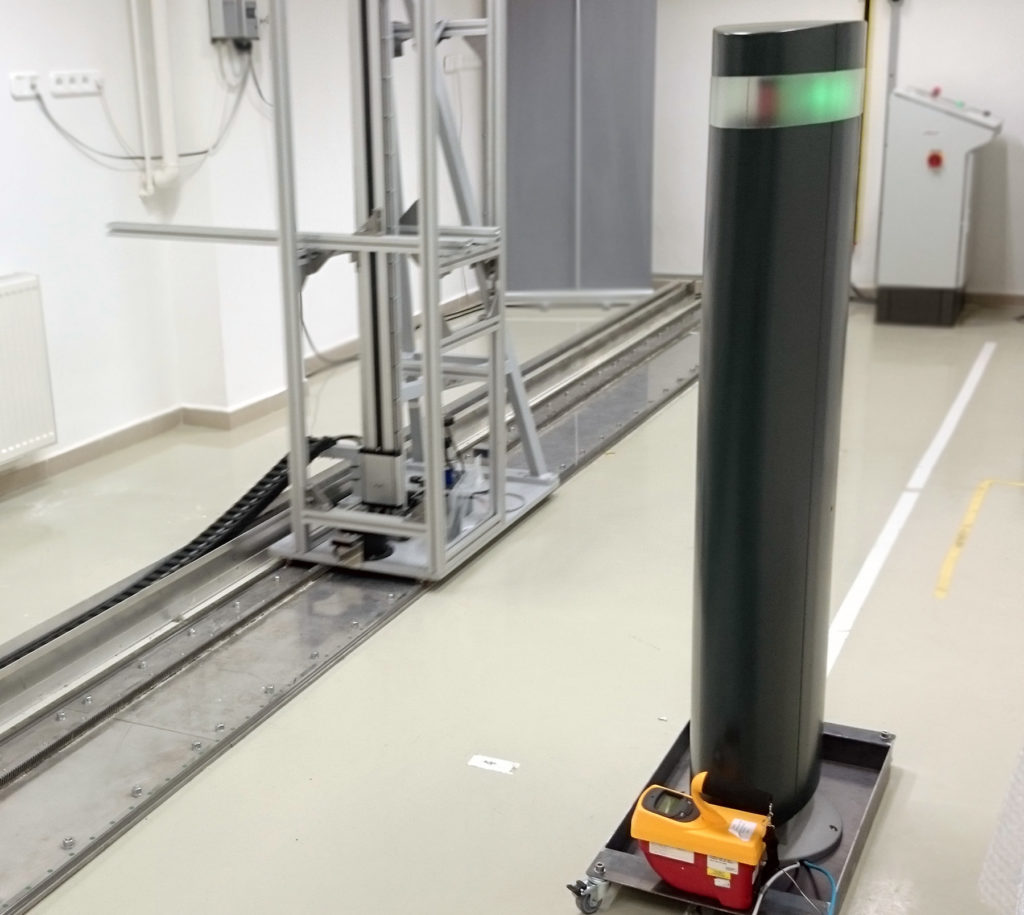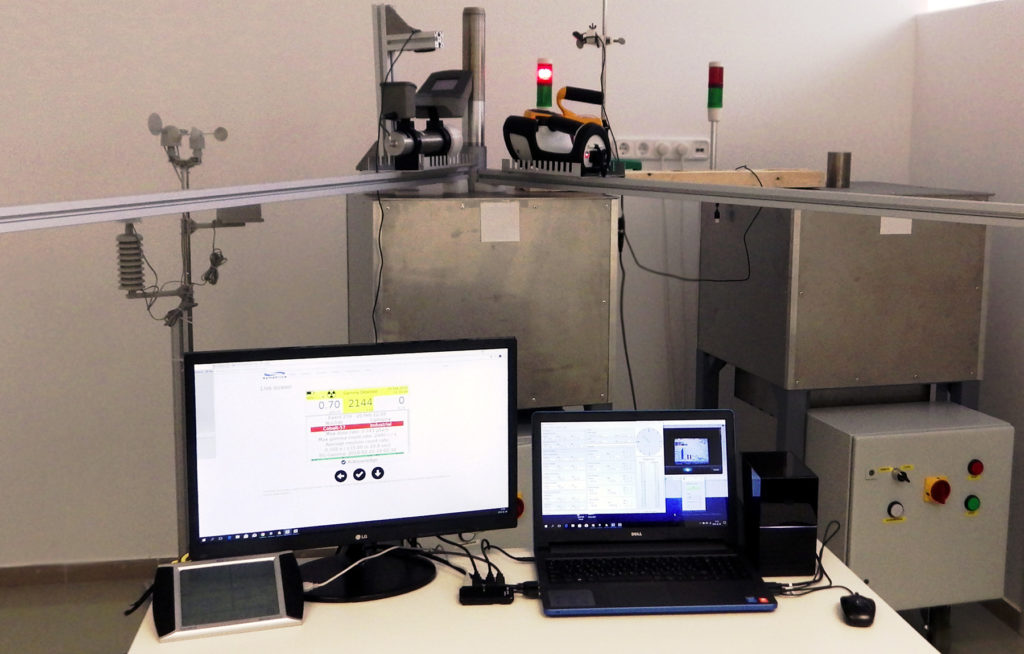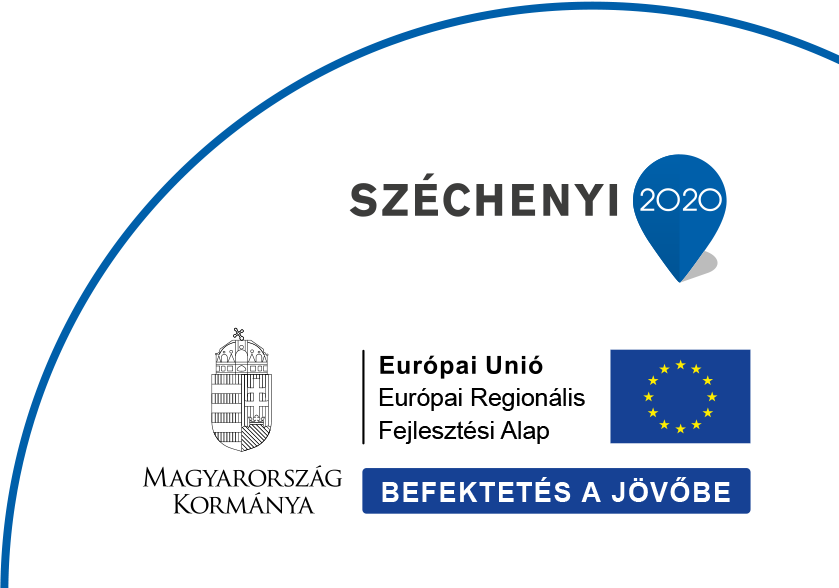The Nuclear Security Department (NSD) of the Centre for Energy Research (EK) operates a Detector Applications and Testing Laboratory (DATL) in Hungary. The EK and the NSD, being the Nuclear Security Support Centre of Hungary together with the Hungarian Atomic Energy Authority, put a great emphasis on applied research work and prototype testing in the field of nuclear security applications.
The main aim of the DATL is to keep track of, try out, and give expert opinion on the evolving novel technologies which could have a significant impact on the practical applications in nuclear security. The expertise of the DATL includes laboratory based and in-field tests of commercial detection equipment, concerning standard compliance testing and suitability testing for a given user application. The standard compliance tests are supported by a wide variety of industrial, nuclear, NORM materials, and medical isotopes available at the campus. The suitability testing focuses on the user specific operational and technical requirements of the detection systems, while facilitating discussion with end-users, and hosting field-trials. Prototype testing includes the completion of customized test campaigns in close cooperation with manufacturer companies, providing assistance in preparing for standard compliance tests or tenders.
In the directions of R&D, we try to follow the need of national and international customers, thus helping the specialists working at border protection and exploration of radioactive sources out of regulatory control.
The Detector Testing Laboratory itself is located in a semi-basement building-section at the campus of the Centre for Energy Research, Budapest. The Testing Laboratory consists of two irradiation rooms, both equipped for different types of testing applications:
The dynamic test room is equipped with a rail type source moving mechanism, with 11 m track length, and scalable speed and source-height settings, ranging from 0.01 to 2.5 m/s and from 0 to 2.5 m, respectively. All the dynamic parameters, like the speed, height and repetition time are pre-programmable by a remote computer. This moving source is adequately modelling the passing conditions of a hidden source at the border. Furthermore, a light beam curtain and a dosimetry monitoring system ensure the safe working conditions.
The static test room consists of two irradiators, one for gamma and one for neutron radiation, to test personal and hand-held detectors. Each irradiator is equipped with a lead shielding and a neutron moderator container, and a radiation source torpedo to rapidly increase the radiation field. A remote computer controls the irradiators, where the irradiation parameters, like the irradiation interval, cooling time and repetition rate can be pre-programmed. With this system, information can be collected about the capabilities of the detectors under testing.
The software used for controlling the dynamic and static systems is a self-developed, LabVIEW® based, modular and expandable control software. This software provides a manual or pre-programed automated control and supervision over both of the systems, with a wide range of operational parameters. Additionally, a weather station is mounted in the test laboratory in order to monitor the environmental conditions, like pressure, temperature and humidity. This station has a portable design, separate indoor display and wireless communication with the control software.
The latest activity at the Detector Testing Laboratory is the R&D of pulsed radiation fields. The detection and accurate measurement of pulsed radiation fields is usually a challenge for most electronic devices used in radiation protection. Production of single pulse or repeating pulses in millisecond and microsecond ranges and response of the detectors are in the main focus of the investigation.
In the recent years, our laboratory participated many international projects:

Dynamic test bed facility at EK with pedestrian SRPM (Spectroscopic Radiation Portal Monitor) detector under test

Static test bed facility at EK with RIDs (Radionuclide Identification Devices) under test
